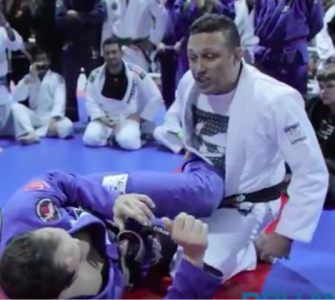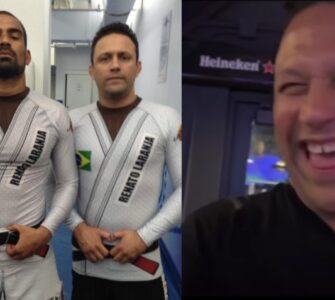Source: Andrew Read for http://breakingmuscle.com/
I’ve often heard that taking a cold shower after a hard training can greatly helps recovery. This article from breakingmuscle covers those issues:
“In the quest for more performance humans will try just about anything. In the days of the early Olympics athletes consumed bulls testicles in the belief it gave them strength. Early marathon runners drank a mixture of brandy, arsenic, and cocaine to dull the painful effects of the run. And if you really want a glimpse into the darkness professional sports can reach, read Breaking the Chain by Willy Voet, which describes in gory detail the cocktails of drugs used in professional cycling in their efforts to win and cheat the system.
But what if you don’t want to travel down that path? Is there a way to get more out of your body than you currently are?
Training is really quite a simple process. We stress the body, and then allow it to recover from the stress to achieve a new level of performance. You can increase stress by increasing volume and/or intensity. But what if you’re an athlete who is nearly at your limit of sessions per week that can be performed, or you are seeking to increase volume in the short term to peak for an event? You might be a CrossFit Games competitor or a triathlete trying to fit in crazy volume and intensity, but you need help recovering faster to get to that next level of performance.
That means it’s time to get chilly.
You know how if you get injured there’s the RICE recommendation? Rest, ice, compression, and elevation? Well, the ice helps to reduce inflammation, which allows treatment and healing to begin sooner.
And you know that stress I spoke of, that we are deliberately placing on the body? The muscle soreness we get from training is just another type of injury, often called micro-trauma, which results in muscle swelling and inflammation. If you can reduce inflammation, then you reduce post exercise muscle soreness – meaning you can train again sooner!
So cold therapy can be a great tool to allow us to get back into training sooner and here’s three ways to make it work:
1.Cold water immersion – This is exactly what it says and it’s what is being done by athletes when you see them in ice baths and the like. I’ll be honest, this is not much fun, but research shows cold water immersion for fifteen minutes post exercise can lead to maintenance of work output in subsequent efforts.
2.Contrast therapy – The muscle flushing effects of alternating periods of hot and cold have been well documented for some time. Alternating hot and cold for one to two minutes at a time for periods of up to fifteen minutes has been shown to reduce swelling and lead to faster restoration of speed and power post training.
3.Recovery swimming – This may not be practical for many, but is certainly something our train-a-holic triathletes could take part in. If you finish your dry land sessions – run, ride, or gym, it won’t matter – with a recovery swim in a cold pool you will be able to achieve many things at once.Firstly, you’ll achieve all the things that cold water therapy is good for – reduced soreness and inflammation and increased ability to maintain training intensity in the following sessions. Perhaps even more importantly you’ll also add valuable swim time, allowing you to master the technique faster (and swimming is largely technique based, far more than riding and running). It is important not to swim so that you “see rainbows at the end of the pool”, to quote Soviet coaches, but merely enough to work some of the lactic acid out, allow the body to be in the colder environment for a period. (And don’t forget that some aerobic work has been seen to be beneficial in reducing recovery time.)”

















